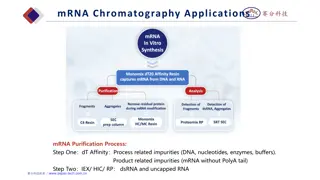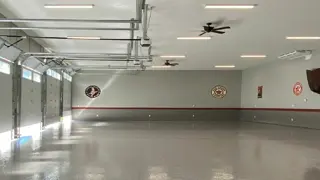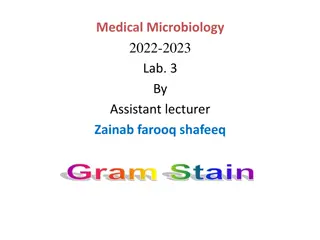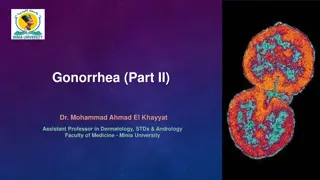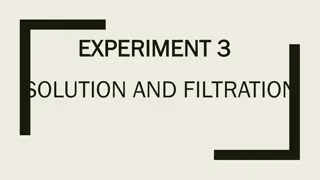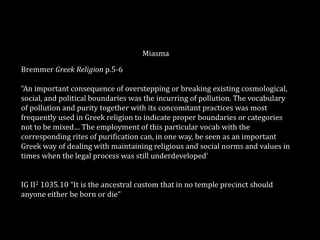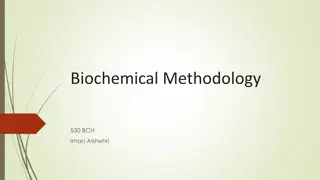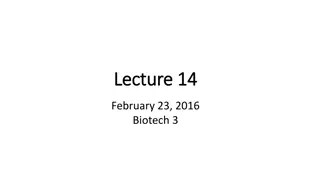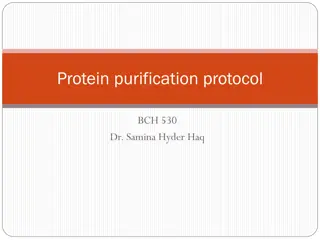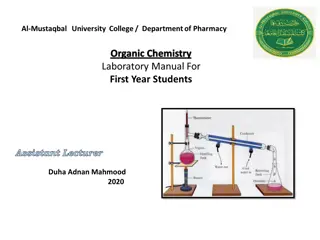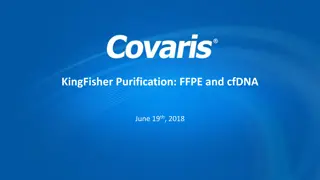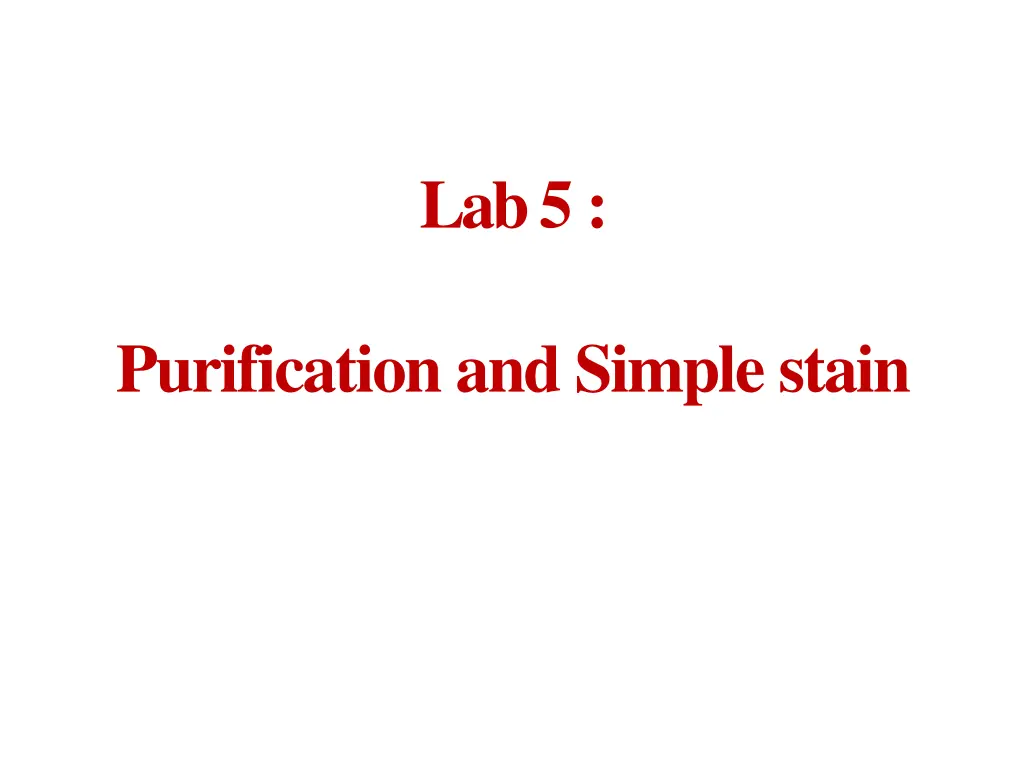
Microbiology Purification Techniques and Colony Characteristics
Explore the purification methods for fungi and bacteria in microbiology, including the streak plate method. Learn how to identify pure cultures and analyze colony characteristics like shape, margin, elevation, surface, and pigmentation.
Download Presentation

Please find below an Image/Link to download the presentation.
The content on the website is provided AS IS for your information and personal use only. It may not be sold, licensed, or shared on other websites without obtaining consent from the author. If you encounter any issues during the download, it is possible that the publisher has removed the file from their server.
You are allowed to download the files provided on this website for personal or commercial use, subject to the condition that they are used lawfully. All files are the property of their respective owners.
The content on the website is provided AS IS for your information and personal use only. It may not be sold, licensed, or shared on other websites without obtaining consent from the author.
E N D
Presentation Transcript
Lab 5 : Purification and Simple stain
Culture The organism growing on the media plate is called as culture Colony The number of cells of any organism living together
Types of Culture 2-Contaminated culture 1-Pure Culture More than one type of organism growingon the mediaplate Only one type of microorganism growing on the media plate
Purificationof Fungi: Use a pasture pipet. Flame the pipet using alcohol 70%and allow to cool. Cut a discs from the edge of an actively growing fungal colony. Inoculate it (surface facing down) on the center another media plate with the help of flamed forceps Incubate it for 3-5days Pure culture of the organism will grow. 1. 2. 3. 4. 5. 6.
Purificationof Bacteria: Streak plate Method Streak inoculum onto one portion of the plate Sterilize theloop Streak through the first inoculum and spread into second section Repeat severaltimes Incubate it for 24 h. , a single colony will be observed .
Result 1 2 4 3
Which streak plate culture started as a pure culture. How can you tell? Answer: the one on the right, because all colonies look alike.
Watch https://www.youtube.com/watch?v=_1KP9zOtjXk
Charactersof colony Form What is the basic shape of the colony? For example, circular, filamentous, etc. Margin What is the magnified shape of the edge of the colony? Elevation What is the cross sectional shape of the colony? Turn the Petri dish on end. Surface How does the surface of the colony appear? For example, smooth, rough, dull , wrinkled etc. Pigmentation Forexample, white, red, purple, etc.
Mostbacterialcoloniesappearwhite,cream,oryellowin color,andfairlycircularinshape.
Simple stain Simple stain Purpose To recognize the shape and the arrangements of bacterial cells. 1-Coccus 2-Bacillus
1-Coccus having one of the following arrangements: 1-Diplococcus: a pair of cocci 2-Streptococcus: a chain of cocci 3-Tetrad: a square of 4 cocci 4-Sarcina: a cube of 8 cocci 5-Staphylococcus: grape-like clusters
Bacillus2- Bacillus: a single bacillus Streptobacillus: bacilli in chains
Simple stain : Simple stain : The simple stain is a very simple staining procedure involving only one stain. You may choose from methylene blue, safranin, and crystal violet.
Simple stain : Simple stain : 1.Prepare the smear. - place a small drop of water on a clean slide. Drag the sterile inoculating needle tip through the edge of colony. - Gently spread the mixture into a circle to spread out. 2. Let the smear air dry completely.
Simple stain : Simple stain : 3. Heat-Fix the smear. Smears are heat-fixed by quickly passing the slide through a flame two or three times. This causes the microbes to stick to the slide and not get washed off during the staining process.
Simple stain : Simple stain : 4. Stain the smear. Place the slide on a rack over the sink. Flood the smear with stain and let it for 60-90 seconds. Rinse gently and blot dry using filter paper.
Simple stain : Simple stain : 5. Then, place a drop of oil directly on the stained smear .Turn the oil lens into position and fine focus to observe the cells.
Result Result


